Final module docks at China’s Tiangong space station
Original Publication Date: 2022-10-31 21:02
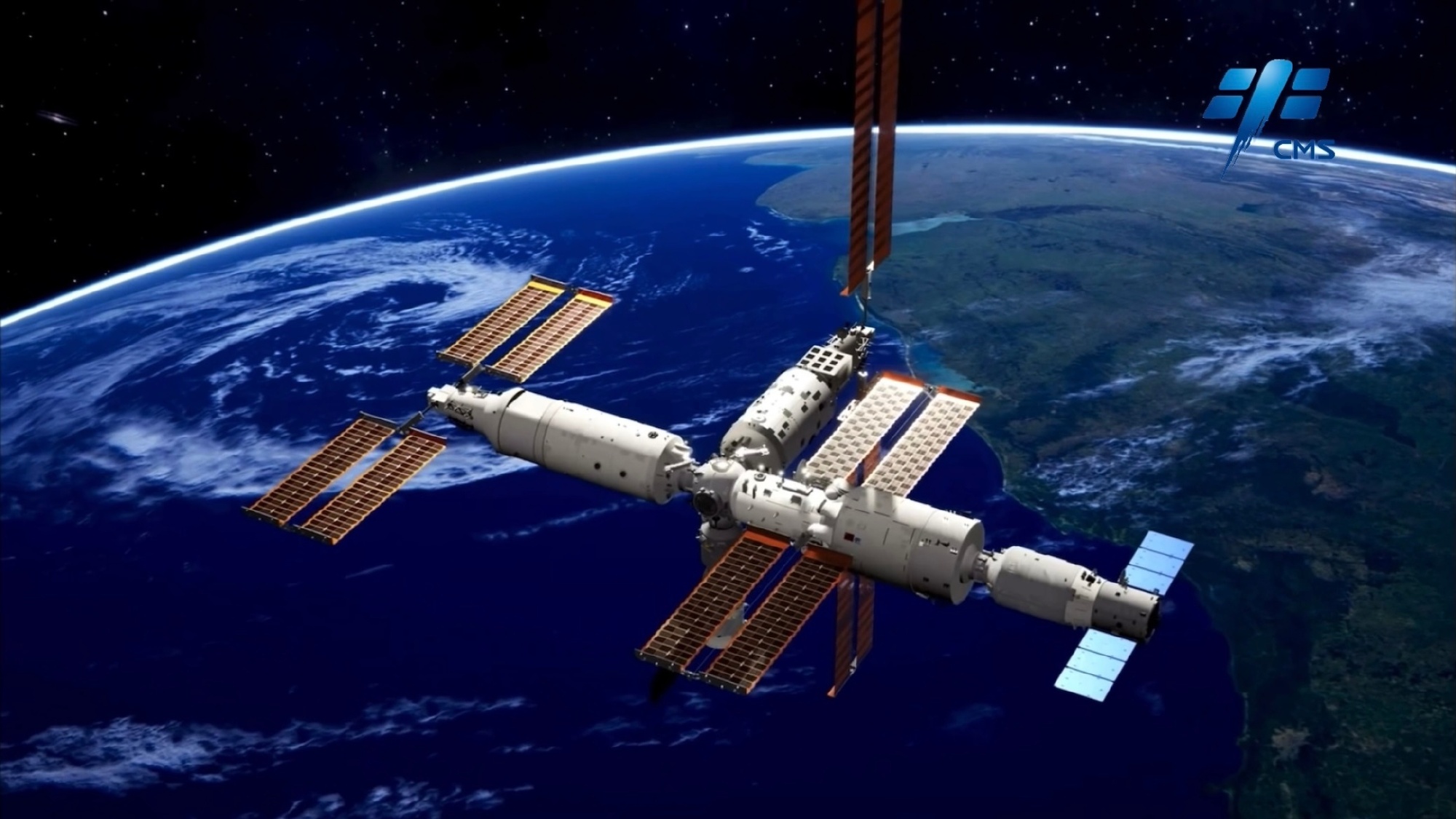
Mengtian is a 17.9-meter-long, 4.2-meter-diameter and roughly 22-ton module. It joins two earlier modules: the Tianhe core module and Wentian experiment module. China plans to keep Tiangong occupied for at least 10 years.
NASA predicts first Starship orbital launch as soon as December
Original Publication Date: 2022-10-31 21:21
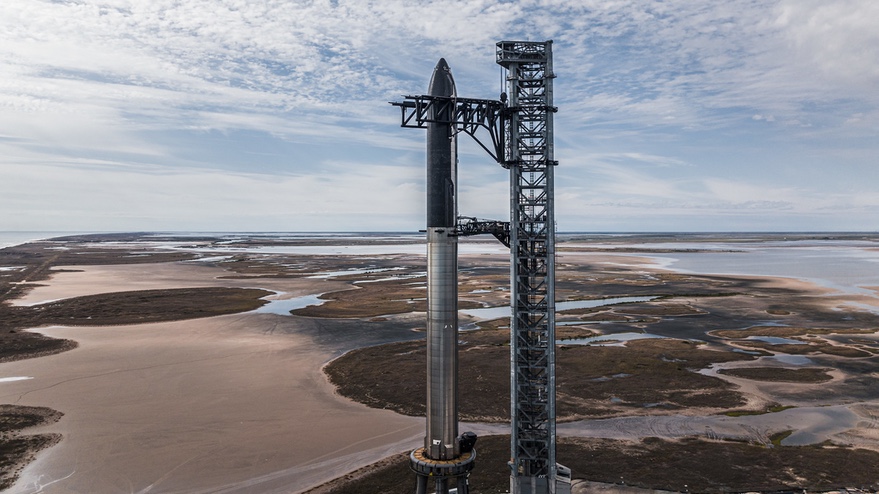
NASA expects SpaceX to be ready to attempt a first orbital flight of its Starship vehicle. The schedule is dependent on several upcoming milestones, including a static-fire test of all 33 Raptor engines in the Super Heavy booster. Starship would go into orbit but almost immediately reenter, splashing down near Hawaii after completing less than one orbit.
New guidance from Space Force acquisition boss: ‘The traditional ways must be reformed’
Original Publication Date: 2022-11-01 11:15

Frank Calvelli laid out nine “space acquisition tenets’ intended to drive change. The guidelines echo concerns previously voiced by Calvelli about the slow pace and high cost. Calvelli is the first assistant secretary of the Air Force for space acquisitions and integration.
Arianespace partners with Australian space tug startup
Original Publication Date: 2022-10-31 22:17
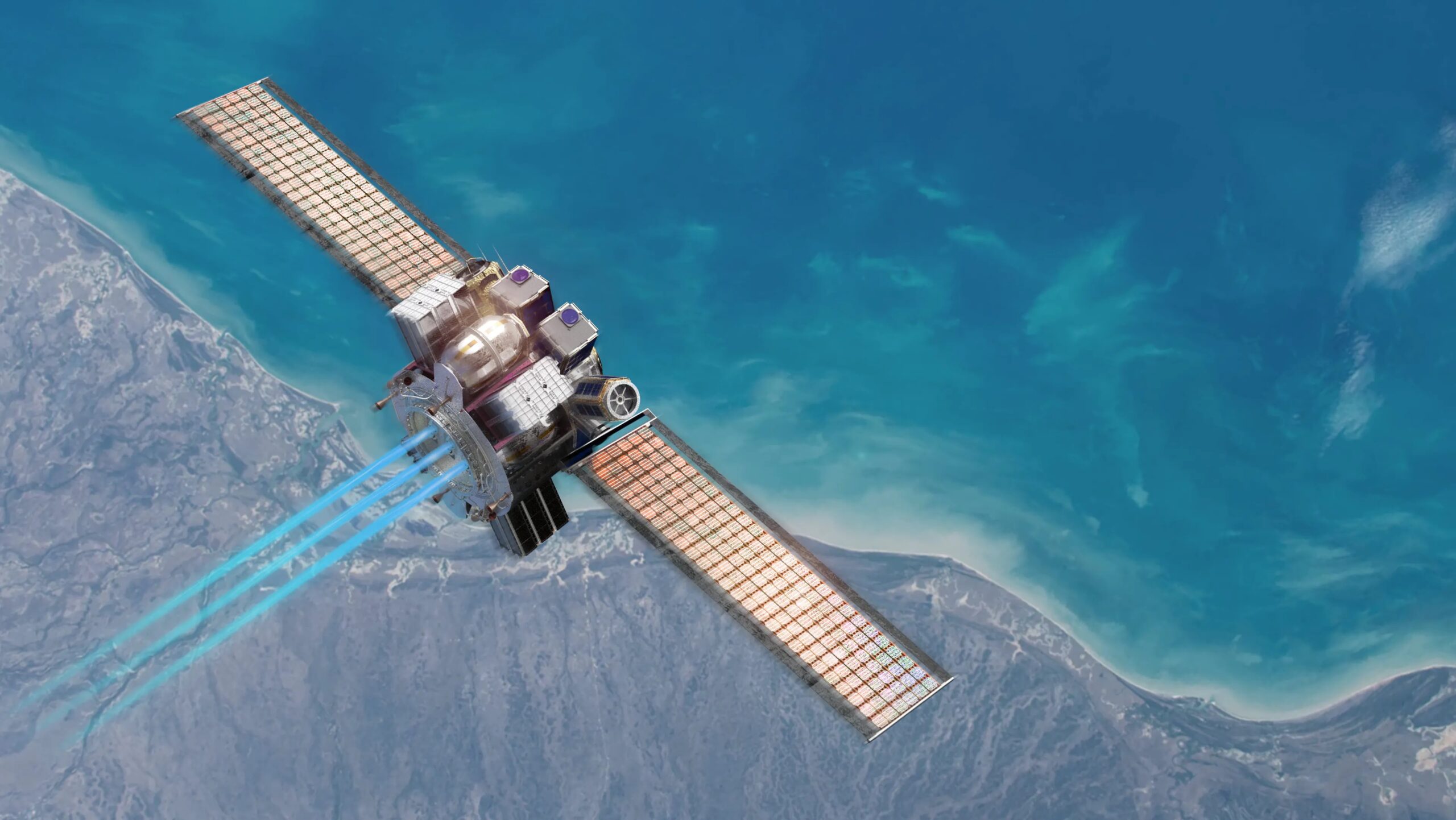
Arianespace is exploring compatibility of its rockets with orbital transfer vehicles. OTVs are being developed by Space Machines Company, an Australian startup. Optimus-1, SMC’s first 270-kilogram space tug, is slated to make its debut in 2023.
Lockheed Martin ups stake in Terran Orbital, invests $100 million to expand smallsat manufacturing
Original Publication Date: 2022-10-31 19:18

Terran Orbital will expand capacity in California and is canceling plans to build a large factory on Florida’s Space Coast. Terran Orbital also is pivoting away from plans to build a constellation of 96 synthetic aperture radar satellites. The company will continue to produce SAR satellites but will sell them to customers.
Australia joins ASAT test ban, raising like-minded countries to eight
Original Publication Date: 2022-10-31 13:25

Australia has pledged not to conduct direct-ascent anti-satellite (ASAT) missile testing. Australia’s pledge comes about three weeks after the United Kingdom and South Korea joined the initiative. Japan and Germany joined the campaign in mid-September, New Zealand in July and Canada in May.
Perseverance to establish sample cache for later return to Earth
Original Publication Date: 2022-10-31 11:18
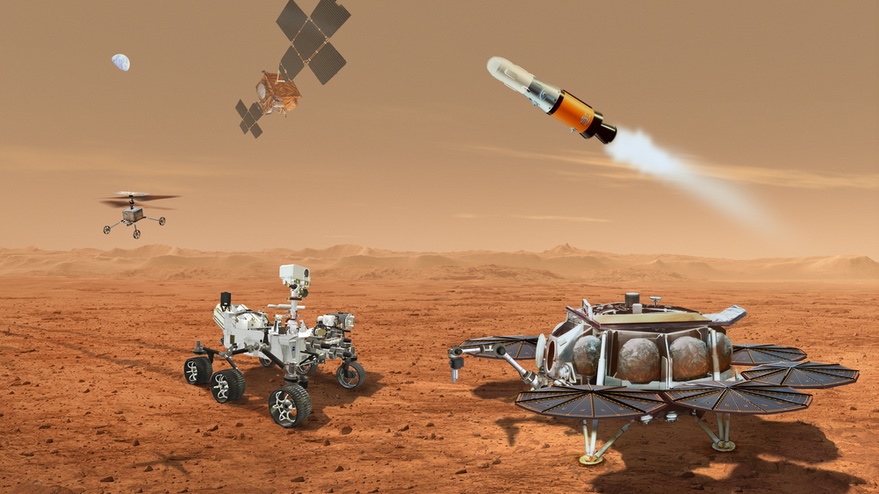
NASA, European Space Agency agree to deposit some of the 14 samples collected by Perseverance. Those samples, encased in metallic tubes, will be picked up for return to Earth by later missions. The sample cache is part of a revised strategy for the overall Mars Sample Return campaign.
Millennium Space’s Tetra-1 sets new fast-paced precedent for space-based innovation
Original Publication Date: 2022-11-01 15:24
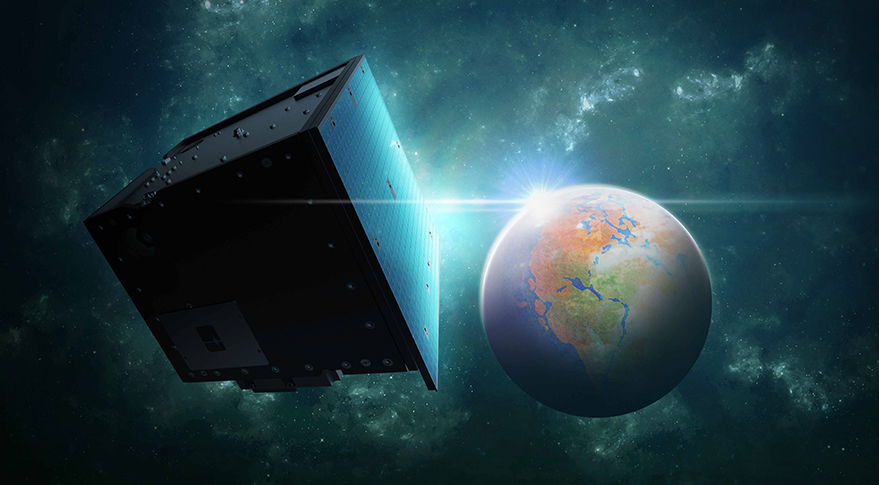
U.S. Space Force commissioned Millennium Space Systems to design and build Tetra-1 small satellite prototype. Tetra-1 is an experimental small sat that the Space Force will use to conduct various prototype missions in and around geostationary orbit. Rapid contracting for assets like Tetra-1 isn’t just about being faster. It’s about being better.
Leidos selected by Northrop Grumman to supply sensor payloads for U.S. missile-tracking satellites
Original Publication Date: 2022-11-01 17:15
![]()
Northrop Grumman selected Leidos to supply infrared sensor payloads. Northrop Grumman won a $617 million contract in July to produce 14 infrared-sensing satellites. Leidos has worked as a subcontractor to SpaceX under a $149 million contract.
Space Force funds experiment on use of AI to predict satellite failures
Original Publication Date: 2022-11-01 16:12
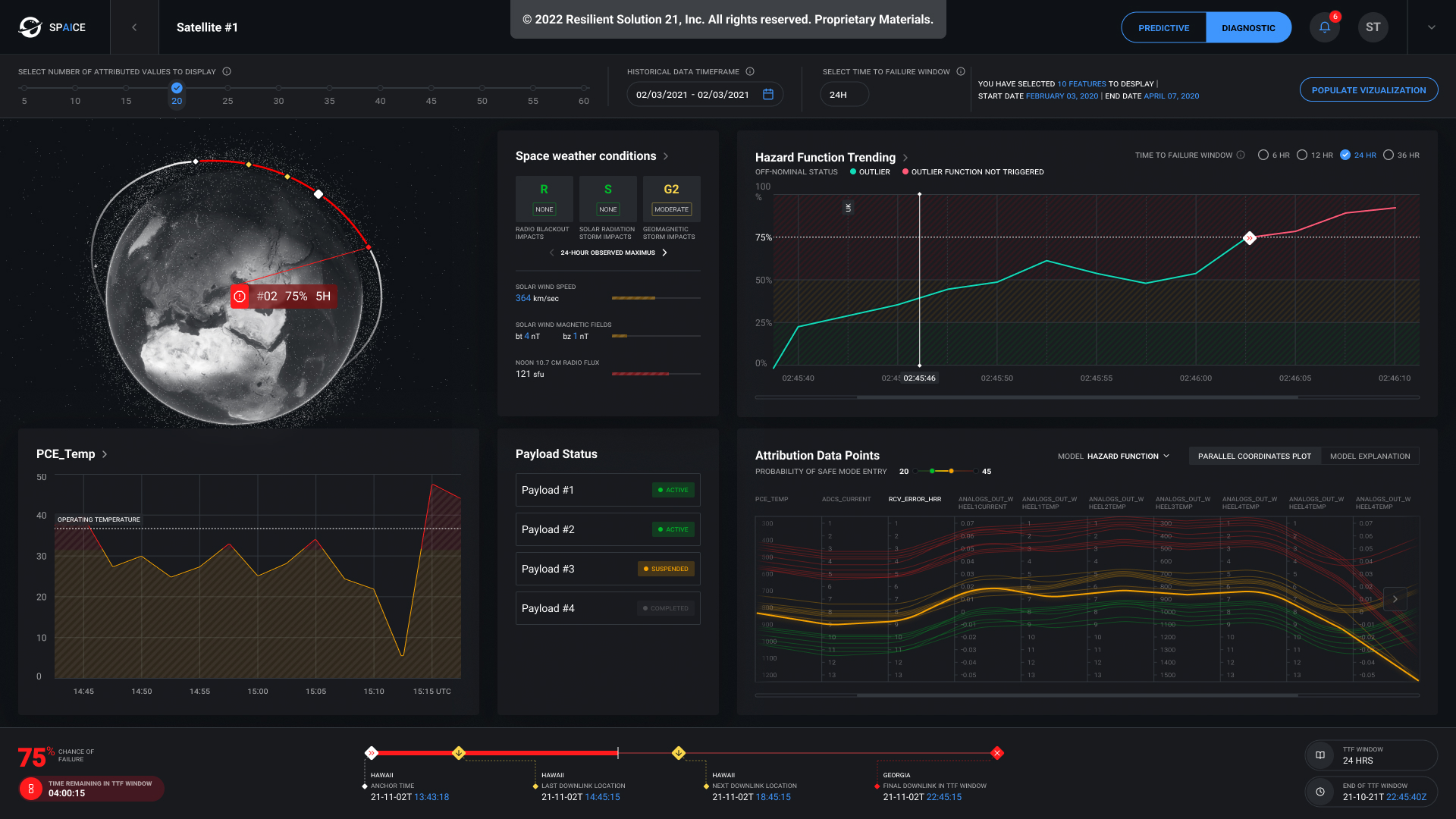
The technology will be tested in an upcoming Space Test Program experiment, STPSat-7. The software will be integrated in the STP ground station at NASA’s Johnson Space Center, Houston. The data will be used to train the AI model in preparation for the experiment.
SpaceX Falcon Heavy launches first U.S. national security mission
Original Publication Date: 2022-11-01 15:01
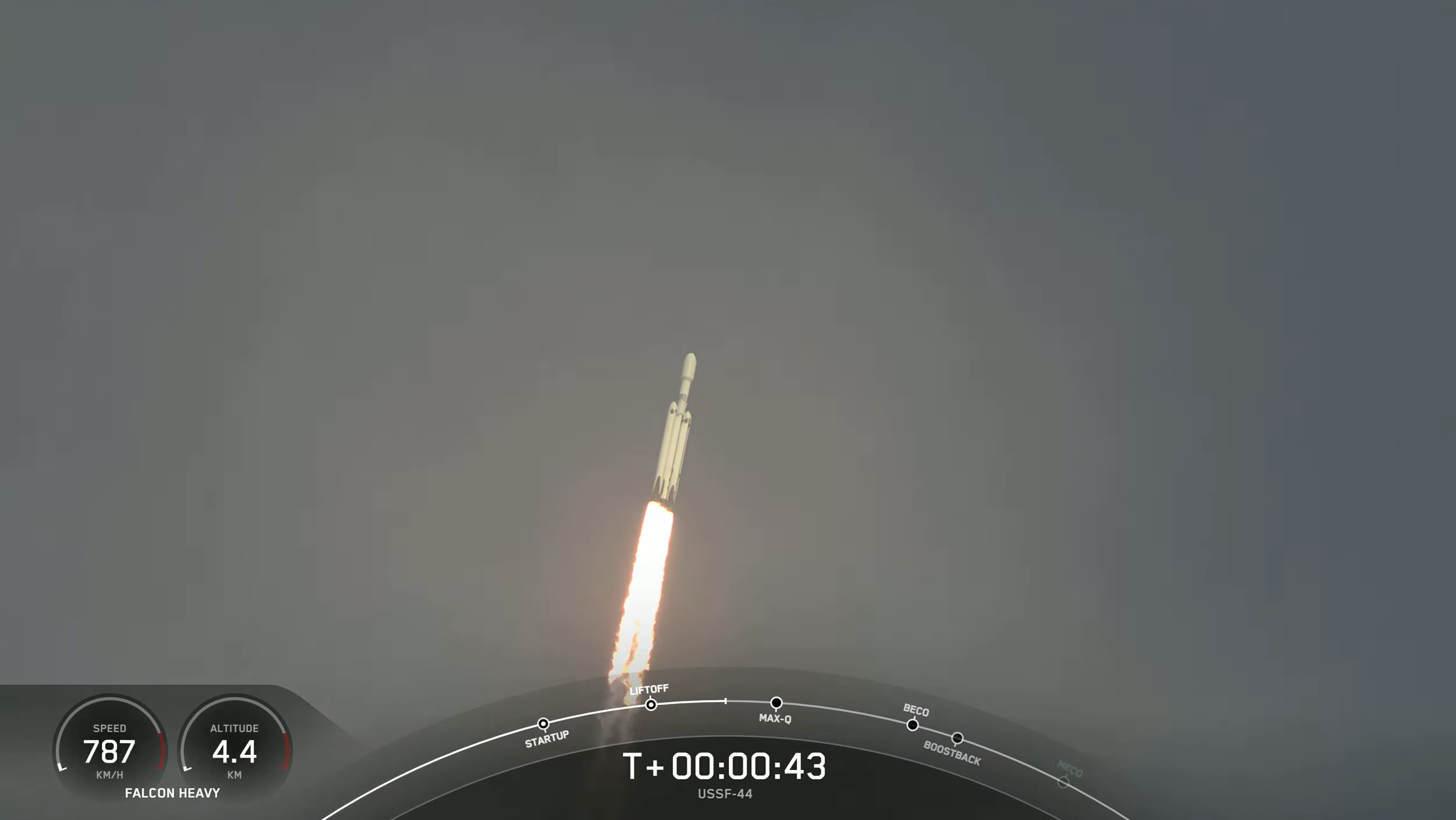
A SpaceX Falcon Heavy lifted off Nov. 1 at 9:41 a.m. Eastern. It carried the U.S. Space Force USSF-44 mission to geostationary Earth orbit. This was the vehicle’s first national security space launch mission. The Falcon Heavy is made up of three Falcon 9 rockets strapped together.
Japanese lunar lander, with NASA rideshare, to launch this month
Original Publication Date: 2022-11-01 11:40
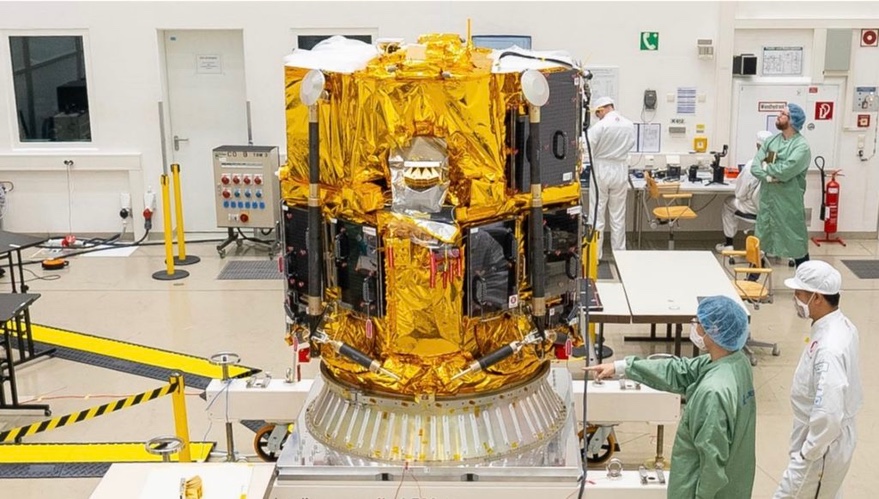
Japanese lunar lander developer ispace is in the final phases of preparations for the launch of its first lunar lander mission. Tokyo-based ispace announced Oct. 31 that its HAKUTO-R M1 lander had arrived at Cape Canaveral, Florida, for final preparations for launch. The Falcon 9 launch of the ispace lander will carry a NASA cubesat as a secondary payload.
Final Atlas 5 launch from California delayed for battery replacement – Spaceflight Now
Original Publication Date: 2022-10-31 00:00
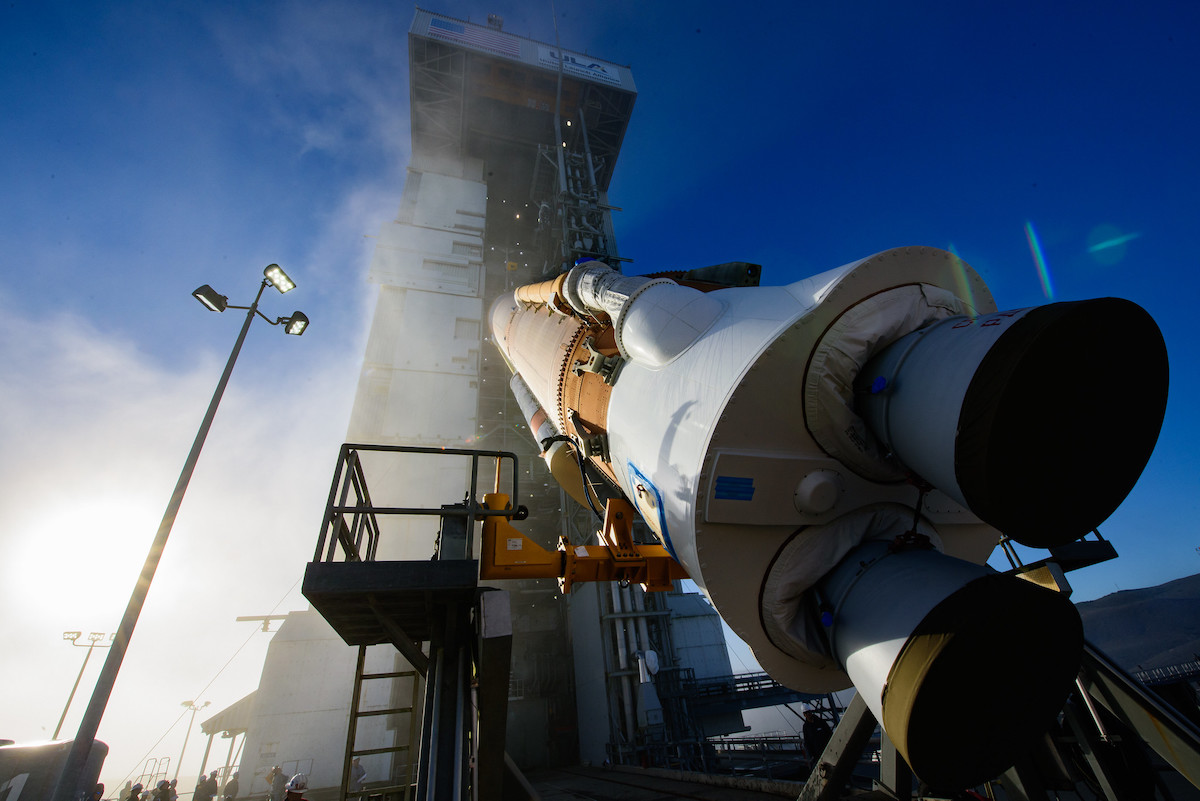
The final flight of an Atlas 5 rocket from California has been delayed until no earlier than Nov. 9 to replace a battery on the launcher’s Centaur upper stage. The launch time Nov. 9 is set for 1:25 a.m. PST (4: 25 a.m. EST; 0925 GMT) The JPSS 2 weather satellite is the second in NOAA’s newest generation of observatories.
NASA sets October 2023 launch date for Psyche asteroid mission – Spaceflight Now
Original Publication Date: 2022-10-31 00:00
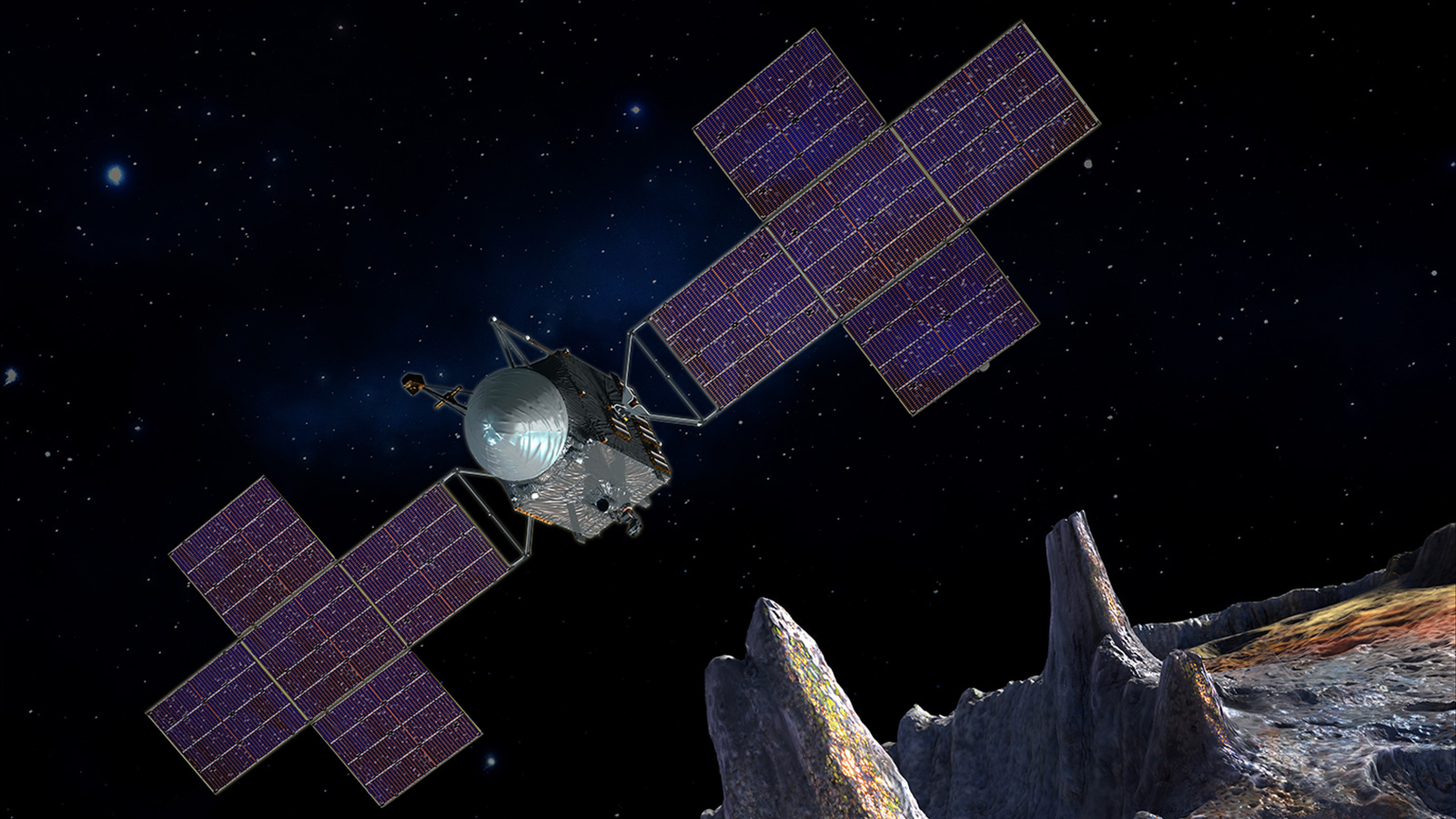
NASA says the Psyche mission has been rescheduled for liftoff in October 2023 on a SpaceX Falcon Heavy rocket. The robotic asteroid explorer missed a launch opportunity this year due to software testing problems. If the mission had launched this year, the spacecraft would have arrived at asteroid Psyche in 2026.
NASASpaceFlight.com
OneWeb launches 36 satellites aboard India's GSLV Mk.III rocket. Mission marks the first commercial launch for the GSLV rocket. Launch took place at 12:07 AM local time on Sunday, Oct. 23 (18:37 UTC on Saturday, Oct. 22)
Commercial Archives
SpaceX's 49th Falcon 9 flight of 2022 has lifted off from SLC-4E at Vandenberg Space Force Base, California. The launch occurred on time on Thursday, Oct. 27 at 6:14 PM PDT (01:14 UTC on Friday, Oct. 28). Falcon 9 launched to the southeast into a 53.2-degree inclined orbit to help fill out the fourth shell of Starlink satellites orbiting at 540 kilometers in altitude.
International Archives
China launches second space station module of the year aboard a Chang Zheng 5B rocket. The Mengtian module lifted off at 07:37 UTC, and once docked will complete the initial phase of the construction for China’s Tiangong space station. Once docked, the Mengtian module will complete the initialphase of the construction for Tiangong.
ISS Updates – Spaceflight101 – International Space Station

A veteran NASA spacewalker and an EVA rookie from Japan ended their week with nearly six hours of work outside the International Space Station. The restoration of the Station’s Mobile Servicing System started last year and continued in January to provide Canadarm2 with a new pair of grappling hands.
Featured – Spaceflight101

A SpaceX Falcon 9 took to the skies over Florida’s Cape Canaveral Monday afternoon. It was lifting a flight-proven Dragon spacecraft into orbit for a critical delivery of science gear, supplies and maintenance hardware. It was the first of at least six cargo ships inbound to the U.S. Segment of ISS this year.
News – Spaceflight101

Europe’s Copernicus satellite fleet is gearing up for the arrival of its next addition on Wednesday. A Russian Rockot booster set to blast off from the Plesetsk Cosmodrome at 17:57 UTC with the Sentinel-3B multi-function satellite.
Re-Entry: Long March 11 Rocket Body – Spaceflight101

The CZ-11 fourth stage used leftover propellant for a partial de-orbit maneuver, lowering its perigee to 120 Kilometers to significantly accelerate its orbital decay. It is reportedly built around a YF-50 main engine and in a nominal mission conducts the orbital circularization after the three CZ-11 stages.
NASA’s Lunar Flashlight Ready to Search for the Moon’s Water Ice

Lunar Flashlight will be the first mission to use a four-laser reflectometer to look for water ice on the Moon. The reflectometer works by using near-infrared wavelengths that are readily absorbed by water to identify ice on the surface. It’s thought that molecules of water come from comet and asteroid material impacting the lunar surface, and from solar wind interactions with the lunar regolith.
NASA Prepares to Say ‘Farewell’ to InSight Spacecraft

InSight’s seismometer has detected more than 1,300 marsquakes since the lander touched down in November 2018. The lander data has yielded details about Mars’ interior layers, its liquid core, the surprisingly variable remnants beneath the surface of its mostly extinct magnetic field.
Haunting Portrait: NASA’s Webb Reveals Dust, Structure in Pillars of Creation

Mid-infrared light excels at observing gas and dust in extreme detail. The densest areas of dust are the darkest shades of gray. The red region toward the top, which forms an uncanny V, is where the dust is diffuse and cooler. Notice that no background galaxies make an appearance – the interstellar medium in the densest part of the Milky Way’s disk is too swollen with gas and dust to allow their distant light to penetrate.
NASA’s Lunar Flashlight Ready to Search for the Moon’s Water Ice

Lunar Flashlight will be the first mission to use a four-laser reflectometer to look for water ice on the Moon. The reflectometer works by using near-infrared wavelengths that are readily absorbed by water to identify ice on the surface. It’s thought that molecules of water come from comet and asteroid material impacting the lunar surface.
NASA Continues Psyche Asteroid Mission

NASA says its Psyche mission will go forward, targeting a launch period opening on Oct. 10, 2023. Earlier this year, Psyche missed its planned 2022 launch period as a result of mission development problems. An internal review of whether the mission would be able to overcome these issues to successfully launch in 2023.
NASA and ESA Agree on Next Steps to Return Mars Samples to Earth
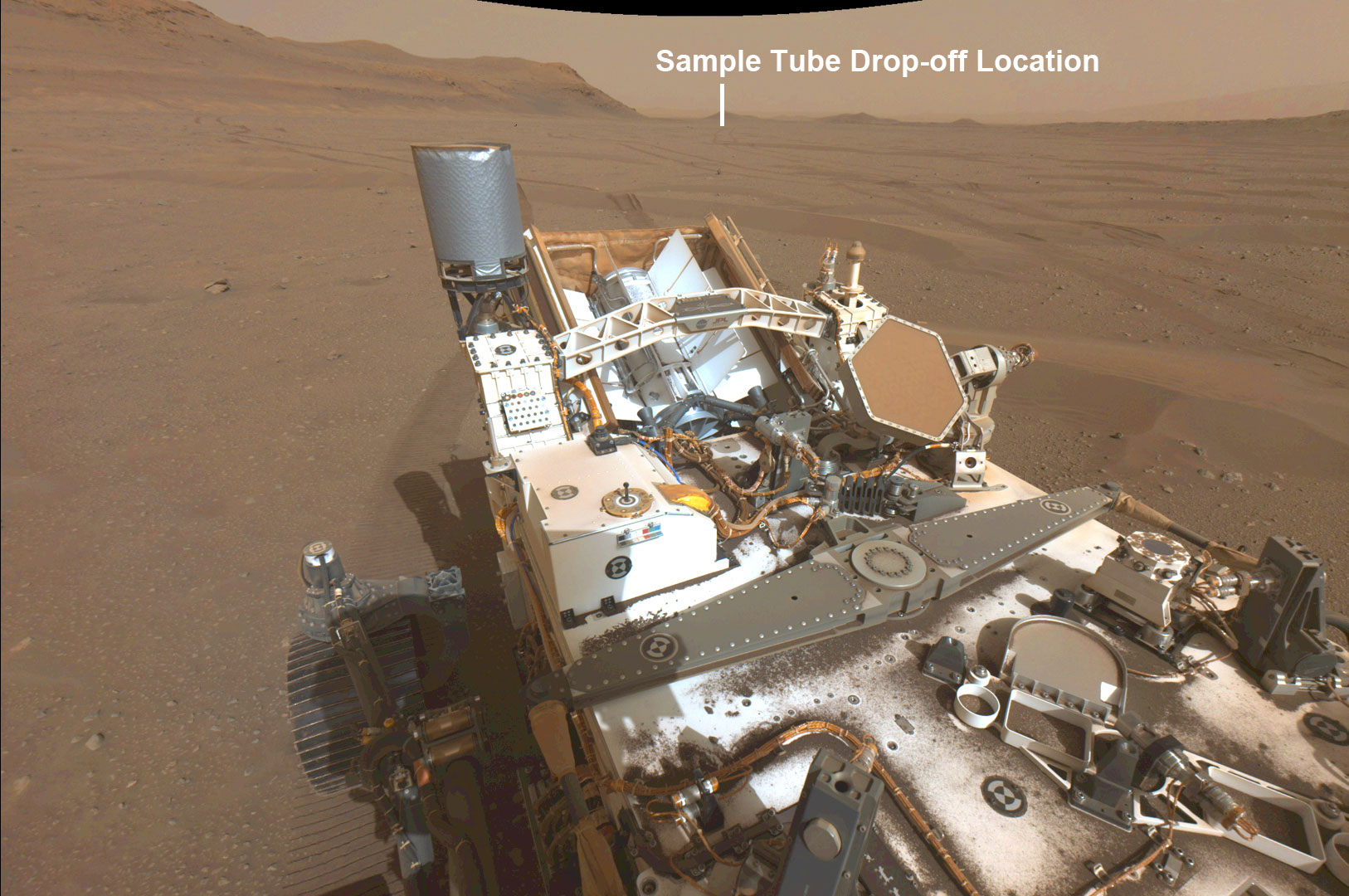
The next step in the unprecedented campaign to return scientifically selected samples from Mars was made on Oct. 19. The two agencies will proceed with the creation of a sample tube depot on Mars. The sample depot, or cache, will be at “Three Forks,” an area located near the base of an ancient river delta in Jezero Crater.
NASA’s InSight Lander Detects Stunning Meteoroid Impact on Mars

NASA's InSight lander recorded a magnitude 4 marsquake last Dec. 24. Scientists determined the quake resulted from a meteoroid impact when they looked at before-and-after images from NASA’s Mars Reconnaissance Orbiter. The impact, in a region called Amazonis Planitia, blasted a crater roughly 492 feet (150 meters) across and 70 feet (21 meters) deep.
Methane ‘Super-Emitters’ Mapped by NASA’s New Earth Space Mission

NASA's Earth Surface Mineral Dust Source Investigation (EMIT) mission is mapping the prevalence of key minerals in the planet’s dust-producing deserts. EMIT has demonstrated another crucial capability: detecting the presence of methane, a potent greenhouse gas. In the data EMIT has collected since being installed on the International Space Station in July, the science team has identified more than 50 ‘super-emitters’ in Central Asia, the Middle East, and the Southwestern United States.
Edward Stone Retires After 50 Years as NASA Voyager’s Project Scientist

Linda Spilker will succeed Stone as Voyager’s project scientist. Jamie Rankin, a research scientist at Princeton University, has been appointed deputy project scientist. The twin Voyager spacecraft launched in 1977, on a mission to explore Jupiter and Saturn. Voyager 1 continued its journey out of the solar system, while Voyager 2 continued on to Uranus and Neptune.
